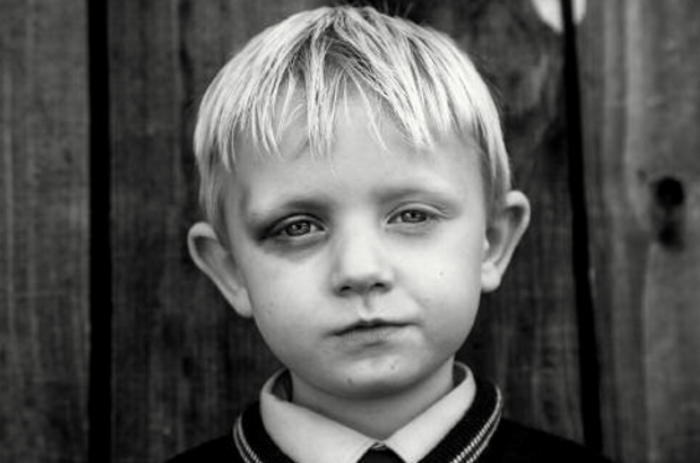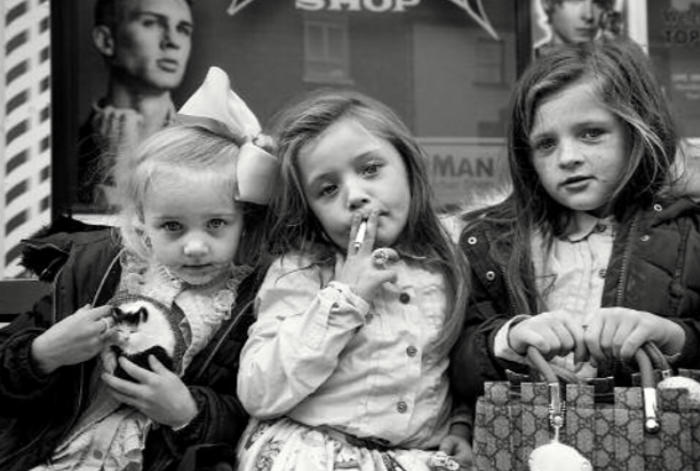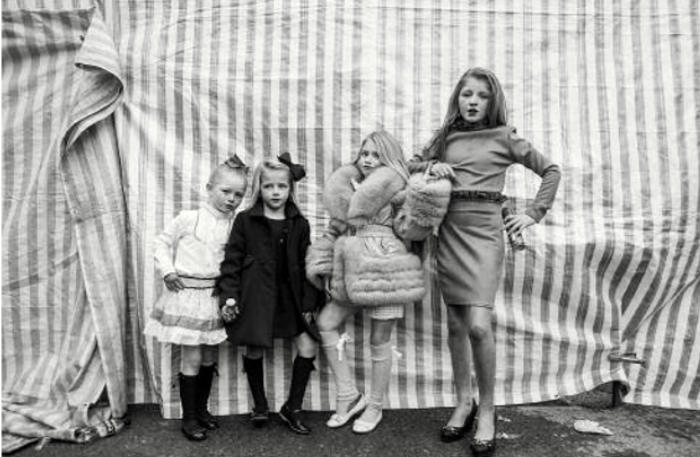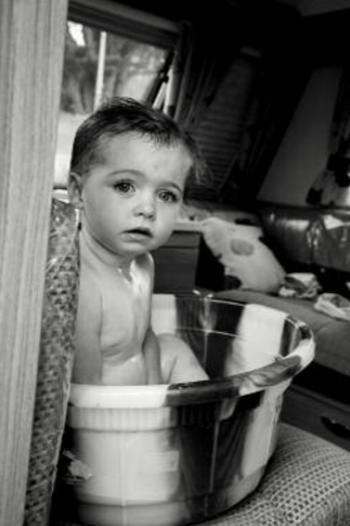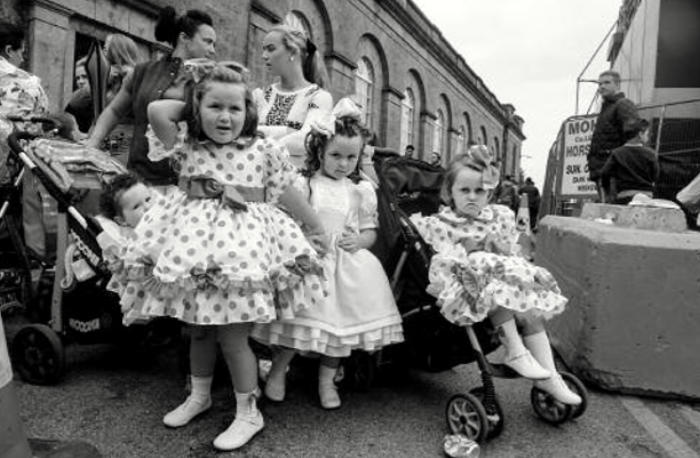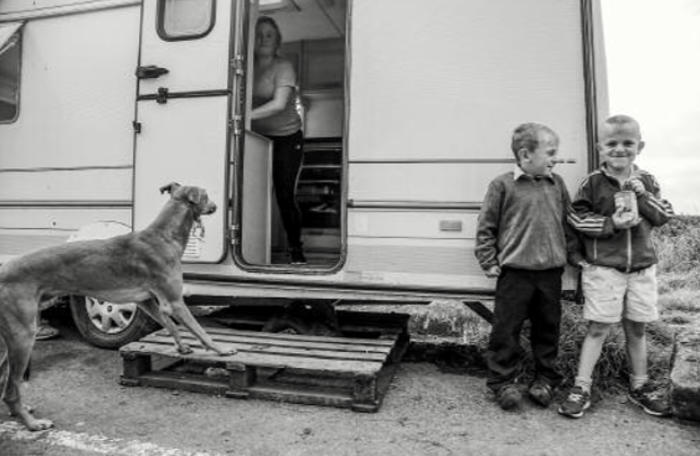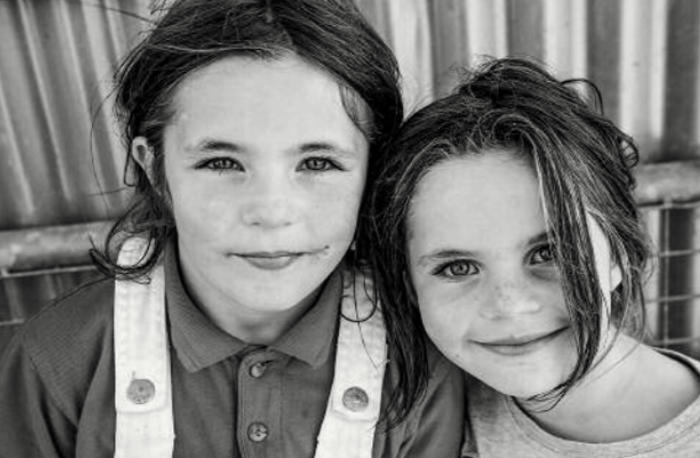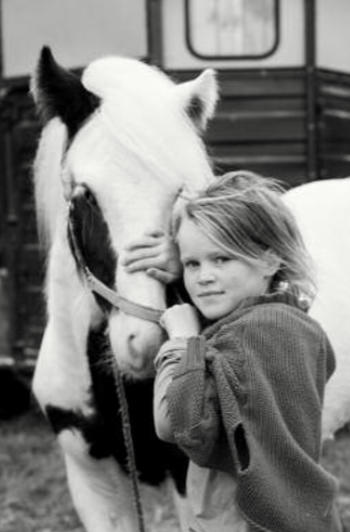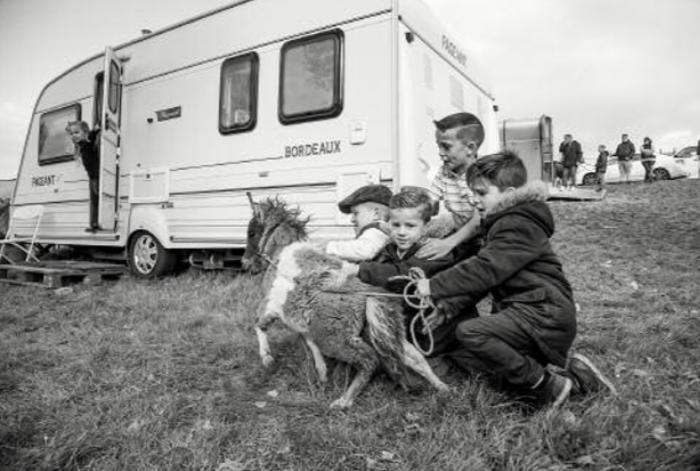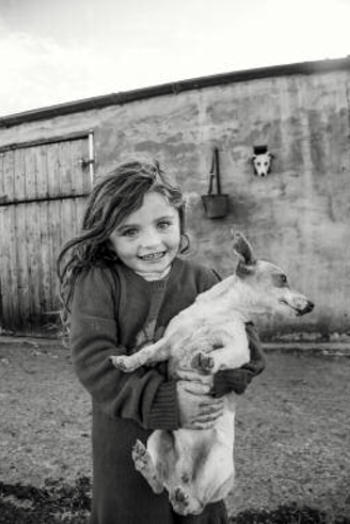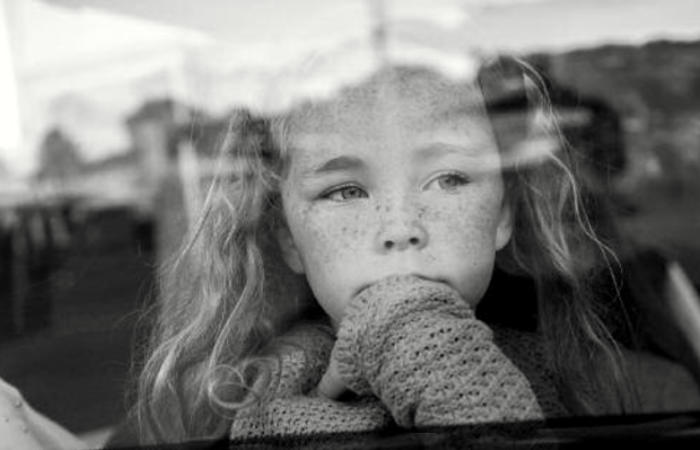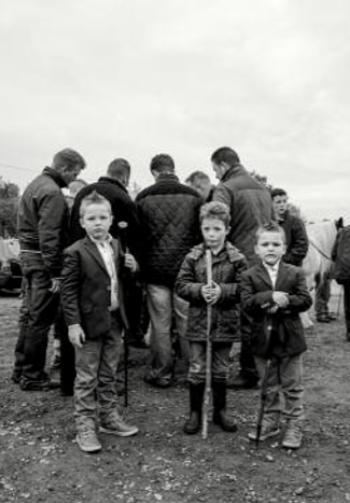

The magazine of the photo-essay

April 2020 issue
Growing Up
Travelling
Between freedom and ostracism: The world of the Irish Traveller Children

“A free, really high quality photo-essay magazine. Fabulous!”
Stephen Fry. British actor, writer and film maker
American photographer Jamie Johnson has been traveling around the world for
twenty years and is best known for her touching portraits of children. When she
came to Ireland for the first time in 2014, she immediately felt connected to the
cosmos of the Irish Travellers and would visit and photograph them time and again
for five years. Fascinated by the resilience and optimism of the children, who are
proud of the culture and traditions of the Irish Travellers, Johnson’s portraits aim to
promote the perception and respect of children as such, far removed from the
common prejudices of society. The photographs have been taken in Galway,
Limerick, Cork and Tipperary, Ireland.
“Travellers are members of a historically nomadic and non-literate ethnic minority
that has existed on Ireland’s margins for centuries. As a result of decades of
by Jamie Johnson
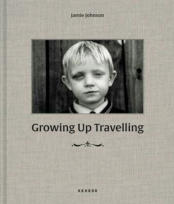
pressure from the Irish authorities, Travellers today tend to live in houses in Irish towns and cities, though some still ‘halt’
(settle seasonally, either legally or illegally) in caravans or other mobile structures for some or most of the year in both
serviced and unserviced sites on the urban periphery. Nevertheless, and because of the distinct cultural practices the
tradition of travelling accreted over many generations, the term ‘Traveller’ is applicable even when the nomadic way of life
has effectively been abandoned. The 2016 Census for the Republic of Ireland documents a population of 30,987 Irish
Travellers, representing 0.7 per cent of the general population. For many generations, Travellers provided seasonal farm
labour, horse-trading, hawking, entertainment and smithing services to both urban and rural populations. These
functions held a good degree of value in an earlier Ireland in which rural communities were isolated and in which the
uses that might be made of urban space were less restricted.
“Contemporary Travellers share common descent and history and possess discrete cultural practices: boundary rules
against outsiders, strict gender roles, an aspiration to be mobile, an adaptive tradition of self-employment and
involvement in marginal trades, a preference for flexibility of occupation over job security, a pattern of providing short-
term labour in accordance with market demands, adherence to Catholicism involving public displays of religiosity, early
school-leaving, early marriage and substantial dowry payments when the families are affluent, unique material and oral
cultures, a tradition of meeting with other Travellers at certain major annual festivals, and distinct rituals of death and
cleansing.”
–from the text by Mary M. Burke
